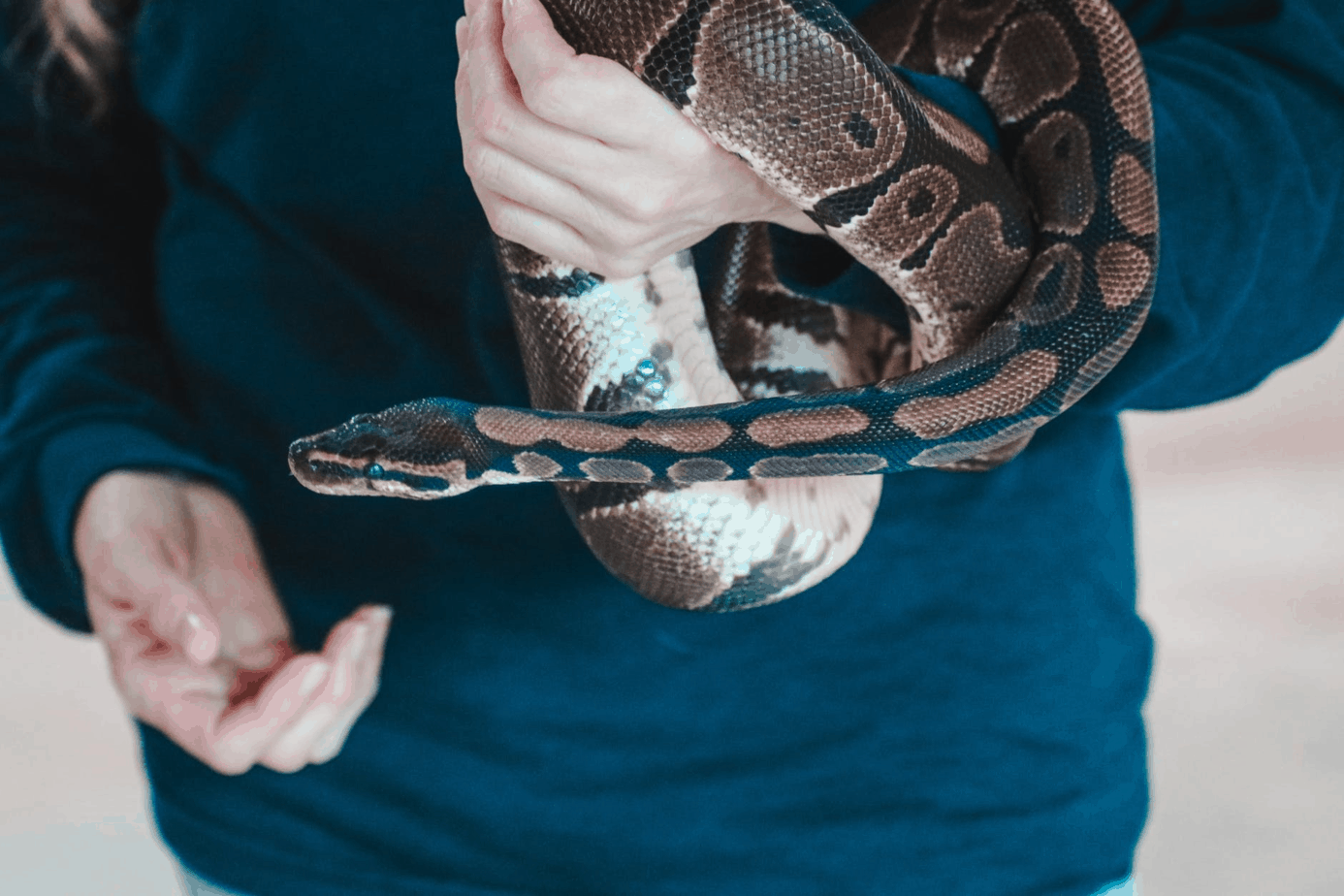
It is important to monitor your pet’s conditions. Routine check-ups by a skilled veterinarian will aid in the prevention of diseases.
There are about 9,500 distinct types of reptiles globally, and several of these ancient animals make excellent pets. Crocodiles are not usually kept as livestock, but they are voracious and vicious carnivores, whereas tortoises are strictly vegetarian. Several reptiles are kept as pets; there’s no such thing as a “one formula fits all” for reptiles. Whatever is safe for one reptile can be toxic to another, resulting in extreme malnutrition and health issues. You must give your pet just what it requires and be aware of their requirements before purchasing one.
For certain animals, live food is an integral part of a reptile owner’s lifestyle. Reptiles who are malnourished and starving can be aggressive. A reptile with the wrong diet can suffer and eventually starve to death. Avoid this by providing a reptile with the required nutrients.
If you are a reptile owner, you must understand what the reptiles desire and need for food. Researching to identify reptile feeding ensures their protection and longevity. Feeding the reptile, regardless of species, requires determining the right ratio of commercial reptile food or pellets, fresh foods (such as insects or bugs), and any supplements required to maintain their wellbeing in captivity. The best diet for pet reptiles differs considerably, and each species has its own set of specifications.
What Kind of Food do Snakes Consume?
Snakes, including those who consume raw fertile eggs, are almost exclusively obligate carnivores. They require protein from small mammals to rodents, varying in size from mice to huge cockroaches. Snakes have little requirement or tolerance for fruits or vegetables. They need regular access to clean water. In nature, snakes can eat rats, bugs and birds, rabbits, hares, and any other mammal that fits into their jaws and sometimes the raw egg for its protein-rich contents.
There are a few exotic African snakes that mainly rely on eggs. They consume only tiny eggs, such as those laid by pigeons, finches, quail, and small chickens. These toothless snakes might eat eggs from nearby fields, animal productions, friends/neighbors, and even your pet birds. Eggs purchased in a store are not the right eggs; they only need eggs capable of hatching into baby birds.
You should feed the snake rodents, ranging in size from pinky newborns to full-size rats. Pythons that are fully grown require fully-grown rabbits. These rodents (feeder animals) will provide a snake with complete nutrition since they were fed a nutrient-dense pellet diet and can be obtained frozen, freshly dead, or alive. Feeder animals are also available in various forms like killed, frozen, or live in exotic pet stores and pet supermarkets. A snake’s preferred prey could be warm-blooded and perhaps other amphibians or reptiles.
No snake will live a vegetarian lifestyle. The majority of snakes like to consume moving prey, which means defrosting and warming a frozen mouse and, if possible, mimicking animation with tongs. Numerous snake owners refer to using snakes as food as “mastering the zombie mouse dance.” If you are afraid of snakes, you should not get one as a pet! And snakes need rodents to survive, and you must avoid purchasing them as a pet if you are unable to care for them.
What Kind of Food do Lizards Consume?
Lizards’ nutritional preferences are diverse. The majority of typical pet lizards are omnivores, deriving their nutrition from insects. Herbivorous animals are few in number. Generally, predatory carnivorous lizards are not held as pets because they are obligate carnivores. Crickets, which are small insects, are a popular lizard snack.
Lizards in the wild consume a host of insects, including bugs, mosquitoes, crickets, and roaches. Certain species of lizards can consume smaller lizards, pinky rats, and birds as well. Lizards that are not purely carnivores need plants.
The majority of pet lizards occasionally consume crickets, waxworms, mealworms, and so-called superworms. To resolve the nutritional deficiency, lizard food may provide a vitamin supplement high in calcium and other nutrients that help them consume vitamin D from the UV lights and grow healthy teeth and bones. This vitamin supplement can be dusted on their insects or applied to their regular, bite-sized fruits and vegetables.
Bearded dragons are also popular pet lizards because they are omnivorous. Anoles, iguanas, and geckos are alternate lizards that need more plants than insects. These lizards continue to need daily protein from insects.
What Kind of Food do Turtles and Tortoises Consume?
Tortoises and turtles are not vegetarian reptiles completely, although certain species are. These more physically active or semi-aquatic pets enjoy easy-to-eat diets like beet greens, dark-leafed lettuces, and other green vegetables, including dandelion greens.
Turtles and tortoises can often consume species-approved flowers and fruits that are naturally cultivated to ensure no toxins or additives are used that might damage your pet. Certain aquatic and semi-aquatic turtle types feed on feeder fish like comet goldfish and insects. A diet that is nutrient-balanced and species-specific is necessary.
Tortoises and turtles that are herbivorous might appeal to you if you’re a vegan, looking for a pet that embraces your practices and beliefs. Tortoises and turtles need nutrients to make up for dietary deficits and may have specific nutritional needs only a knowledgeable pet owner may fulfill.
Conclusion
Nutritional deficiency in reptiles results in brittle bones and teeth, abnormal development and molting, weakened immune systems, and shorter lifespans. Pellets are available for a limited number of species that offer a full and nutritious diet with the required supplements.
Turtles and other reptiles who may consume pellets should always consume a portion every day in addition to their diets or fresh foods, which may include insects. Supplements may be sprinkled on items or also mixed into the water for some animals.
Proper nutrition will keep your reptile safe. You will be able to enjoy your pet for a long time. It will also guarantee that your pet is healthy, fit, satisfied, and comfortable in your care.




